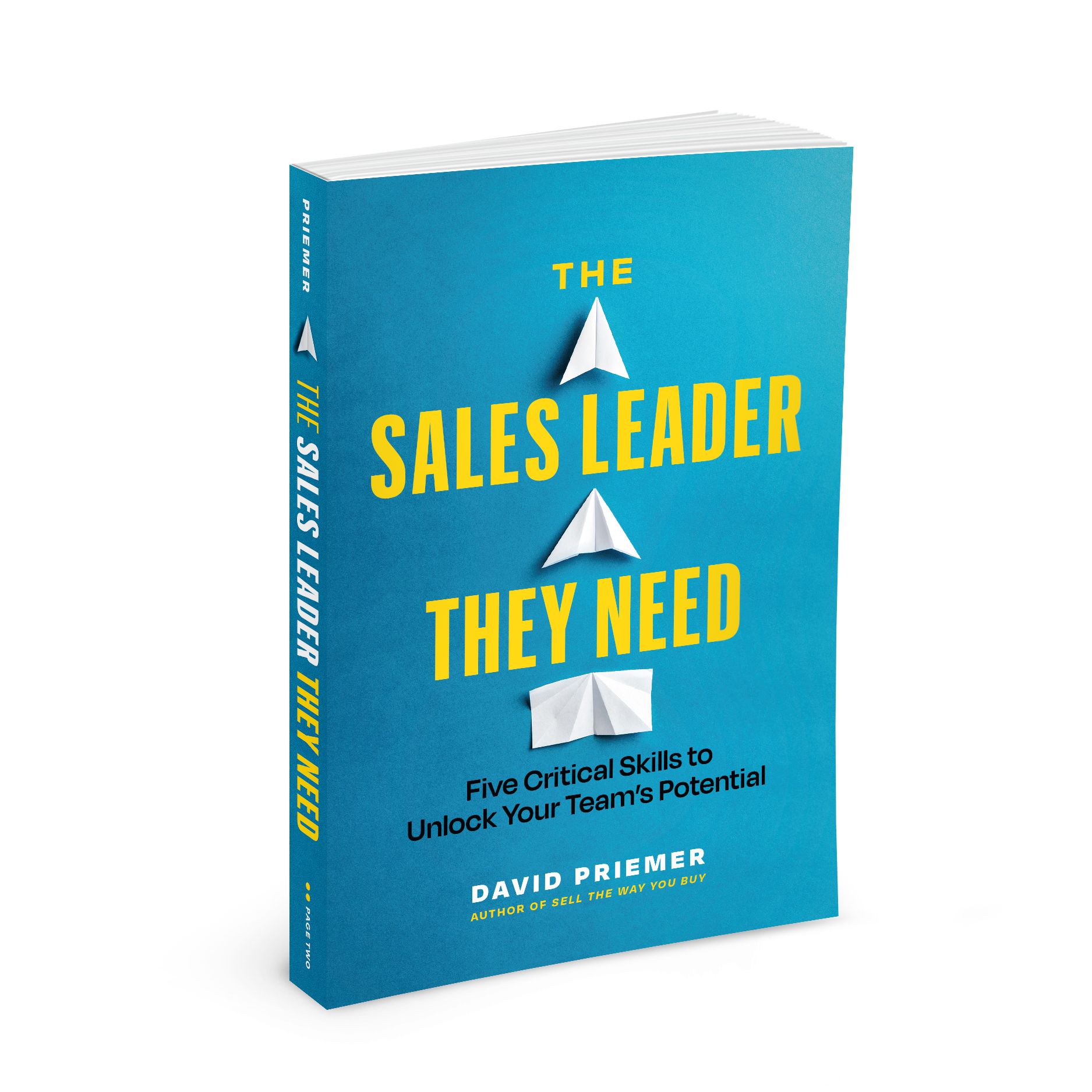This Single Word Is Blocking Your Sales
David’s article originally published on Forbes
Ever have a resolution to start going to the gym, eat healthily, spend more time with your family, or begin a home renovation project? If you have, chances are those resolutions remained resolutions; that is, things you considered doing, intended on doing, or perhaps even committed to doing, but didn’t. But why? As it turns out, science may have the answer!
On July 5th, 1687, English physicist and mathematician, Sir Isaac Newton, first published his Mathematical Principles of Natural Philosophy, describing his now-famous three laws of motion. Newton’s first law of motion is related to a physical property of all matter known as Inertia. The concept of inertia explains why an object at rest stays at rest and an object in motion stays in motion with the same speed and in the same direction unless acted upon by an unbalanced force.
While Newton missed witnessing the mechanics of modern-day corporations by a couple of hundred years, applying his first law to the business world may sound something like this: In managing their operations, companies will tend to employ the same practices, policies, and technologies they’ve always used, unless a large enough disruptive force causes them to change. In essence, inertia (or status quo bias) is the enemy of the modern-day sales and marketing machine.
So what does inertia sound like? Salespeople are all too familiar with customer refrains like “that’s not a priority for us now,” or “I don’t think we have the money for that,” or “what we’re doing now isn’t perfect, but it’s working for now;” all manifestations of the inertia with which businesses operate. “Software? Technology? Process change? Don’t need ‘em! We can more or less get by on what we’re doing.” But there are signs of hope! Every now and then, our sales and marketing efforts are compelling enough to break through the armor and minimally disrupt the inertia of our target customer.
The ever-growing and sophisticated online marketplace of social advertising, retargeting, and multi-screen engagement provides ample opportunity for potential buyers to raise their virtual hand. If one of your audience members visited your website, downloaded a white paper, or clicked on your Facebook ad, chances are they were injected into the top of your sales funnel as a Marketing Qualified Lead (or MQL — a lead which is more likely to become a customer compared to other leads). MQL’s can be defined on the basis of key demographics, online behaviors, or other related activities. In general, a lead must meet a minimum threshold for one or many of these criteria in order to be considered bona fide. The problem with MQL’s is that all too often, that minimum threshold is simply too low.
Consider the journey of a buyer for your products as being analogous to the mercury rising in a thermometer. The zero mark would represent a buyer with no level of interest. Ten would describe a raving advocate, and eight would be the level of interest required for the buyer to make a purchase. Now suppose that buyer gets injected into your sales funnel as an MQL with an interest level of two. That means your sales and marketing efforts need to ratchet that buyer up six levels of interest in order to convert them into a customer. Certainly not impossible, but that large inertial gap may result in a longer sales cycle and high-calorie conversion exercise. But what if you were able to inject that buyer into the funnel as a six? The smaller internal gap would provide a much more favorable starting point and gateway to higher conversion rates. So how can higher levels of engagement be achieved?
In the spirit of fighting science with science, some of the best sales and marketing organizations in the world use tactics rooted in basic psychology and human behavior to overcome buyer inertia and generate higher levels of lead interest. Invoking reciprocity, establishing credibility, leading with values instead of products, adopting a customer-centric approach, and even refining your pitch are all things companies can do to reduce the status quo bias of prospective buyers.
The key is, whichever tactic you use, be conscious that inertia — the true enemy of sales — is a powerful force that must be met with a thoughtful, customer-centric approach.
We promise never to send you junk or share your email! Just helpful sales insights.














Leave a Reply
Want to join the discussion?Feel free to contribute!